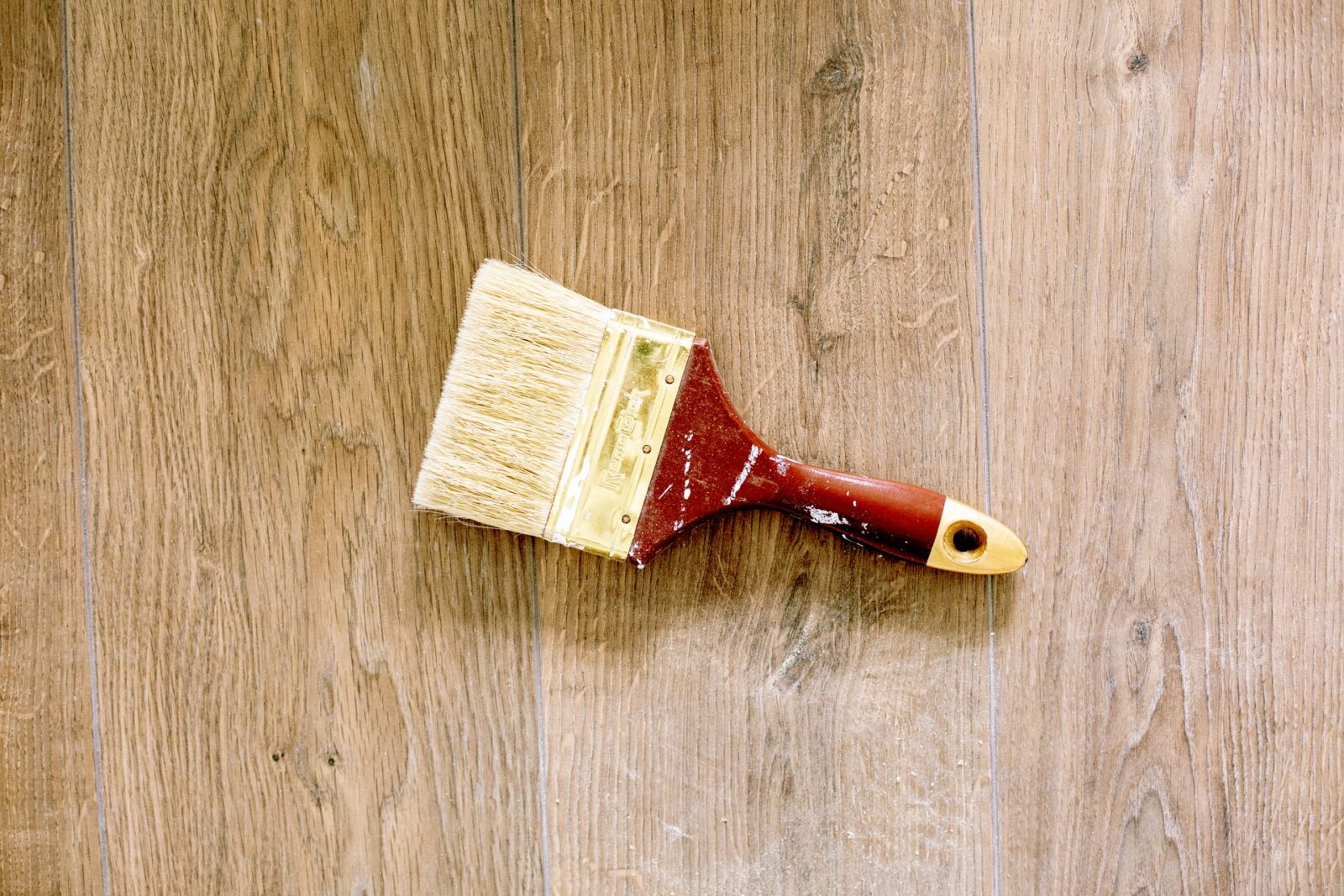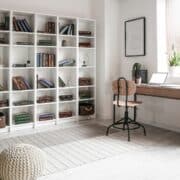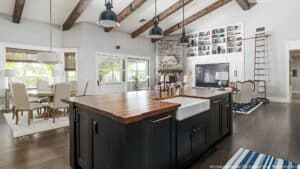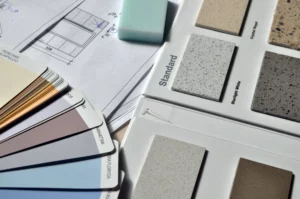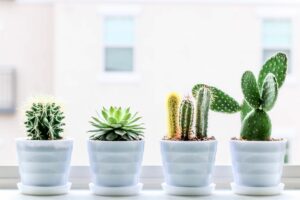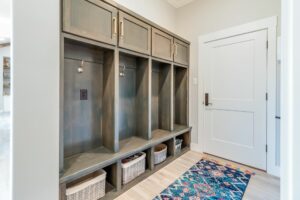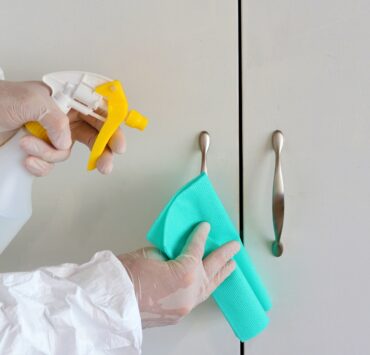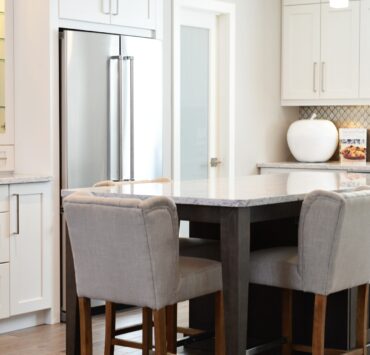Did you know? Dirty painting surface is why your paint peeling off of cabinets.
Have you noticed the paint in your kitchen cabinets chipping, bubbling, or cracking? It can happen when the paint gets outdated or sometimes if you do not prepare your cabinets well before repainting. This article is going to guide you on how you can repair damaged paint in kitchen cabinets.
But before we move to these steps, let’s get to know the possible reasons behind this issue.
What is Making Your Kitchen Cabinet Paint Peel Off?
There can be several reasons behind why the paint of your kitchen cabinet is peeling off. Read on to get to the root of the problem.
Dirty Cabinets Before Painting
This is one of the common reasons behind damaged paint in cabinets. Chances are that you did not pay heed to cleaning kitchen cabinet surface before refinishing them. Even the slightest amount of dirt or grease can ruin the finish of your cabinets. The presence of dust or grease does not let the primer and paint bond well, which in turn leads to adhesion issues. To avoid cracked paint or bubbles, one must clean every nook and corner of kitchen cabinets before getting them painted.
Applying the Wrong Kind of Finish
Before repainting your cabinets, you need to check if the new finish will be compatible with the previous layer. If your cabinet already has a glossy or waxy surface, you might first want to get rid of that. Along with cleaning, you will also have to degloss the surface to get it ready for the refinish. You can use liquid deglossers or Trisodium Phosphate (TSP) that can easily cut through the gloss or lamination.
It’s equally important to use a high-bonding primer, like shellac-based primers as they dry quickly and are also mold-resistant.
Uncured Paint
It’s not enough to use a good primer, you also need to invest in a high-quality paint. If your paint doesn’t cure completely, it might lead to those unsightly bubbles or cracks. Water-based paints usually take a long time (at times, over a month) to properly dry out. Although it might look and feel dry, the paint might not have necessarily cured. To be on the safe side, go for oil-based or shellac-based paints. They are durable and also gets cured within a couple of days.
Thick Coating
Painting might sound like an easy task, but it requires immense patience. Ideally, two coats of primer are enough to achieve a desirable and consistent shade. But you need to wait in between coats for the primer and paint to dry completely. If you’re impatient, you’ll end up applying multiple thin coats which will eventually result in a thick layer and chip like a plastic sheet. Consider using a spray instead of a roller or brush to apply thin coats.
How to Prevent Paint From Chipping?
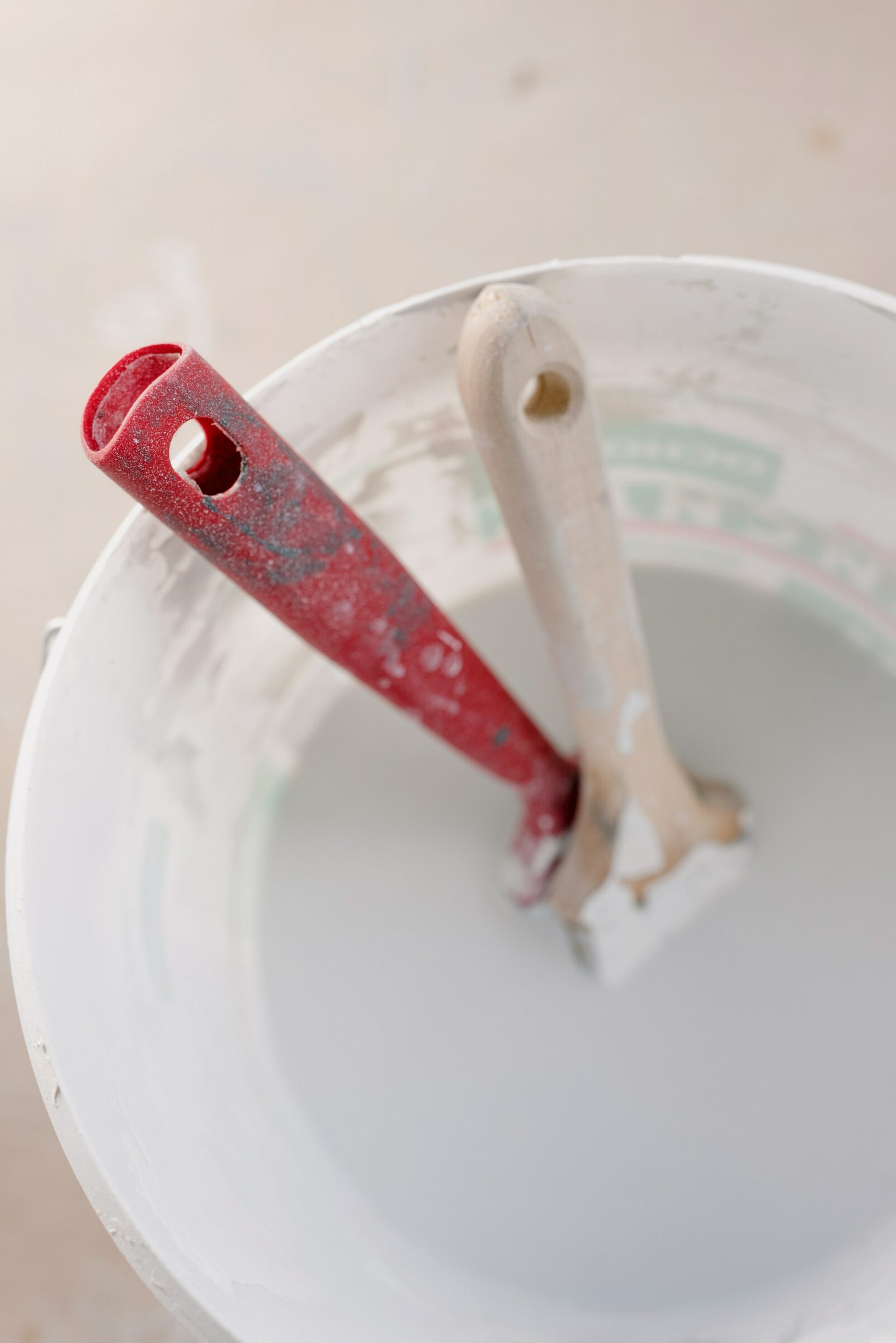
Now that we’re aware of all the possible reasons, let’s look at ways to salvage your kitchen cabinets from chipped paint.
Prepare Your Cabinets Before Painting
The first step here is to ensure that your cabinet surface is spik and span before the paint is applied. Use a heavy-duty cleaner to remove stubborn stains and grease from the interiors and exteriors of your cabinets. Even if your cabinets look clean, consider scrubbing them with good dish soap and then properly wash off the soapy remnants. Take your time and don’t rush into the process. It’s better to spend time getting your cabinets paint-ready than to hurry and regret it later.
Another step that you shouldn’t skip is deglossing. Some paints can make your surface waxy or glossy and it might be bond well with new paint. So, it’s important that you apply a liquid deglosser which will make the surface smooth and let the primer set in consistently.
Use a Good Quality Primer
When we say good-quality primer, we mean something that’ll form a tight bond with your surface and last longer. There are paints labeled ‘peel stop’ or ‘peel bonding’ which are designed to prevent peeling. You may consult at your local hardware stores and pick something similar. We recommend shellac-based primers for high-performance results.
Apply a Top Coat As Sealing
As cabinets are frequently touched, it’s natural for the paint to peel off due to the constant friction. An effective way to seal the paint would be to apply a clear top coat. That way, your hands will rub against the top coat and not ruin the actual paint.
Tip: Pay special attention to the handles or knobs of your cabinet doors!
Consider Adding Felt Pads
Sometimes, applying high-performing isn’t enough! Constant friction from loose hardware can also cause the paint to peel or form cracks. Make sure to inspect the hardware and tighten it, whenever necessary. Another trick is to glue small chunks of felt to the inside of your cabinets, like the back of the cabinet door or the deep corners. Felts ensure that the painted surface do not come into contact and thus, prevents peeling and chipping.
Closing Thoughts
The kitchen, being a humid space, tends to cause issues like the wood in your cabinets expanding or paints getting peeled off. Our advice is to follow the steps recommended above for better protection and maintenance. On a final note, regular cleaning of cabinets and investing in good-quality paint and primer will save you a lot of trouble. We hope this article comes in handy to you during your kitchen remodel and helps you keep your cabinets smooth, chip-free, and aesthetically pleasing.
